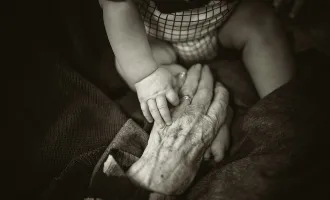Is your bike responsible for more than getting you around? Five causes of bike pain
As San Francisco continues to be blessed with occasional sun, biking remains one of the most popular ways to commute. However, pain with biking also continues to plague many of us.
If you are experiencing pain, consider the culprit. Injuries from biking typically fall into one of five categories:
Fit problem
There is a problem with the way your bike is fit to your body. The fit is especially important, because most of road biking is spent with the cyclist in a static position on the bike. Except for the frame itself, a surprising number of bike components can be adjusted. One of the most common problems is riding a seat that is too low or too forward, thereby increasing the amount of knee flexion and force on the patella during the power phase. If you have pain, consider investing in a good bike fit. Don’t settle for a 30-minute quickie from a clerk—seek out an experienced professional in bike fitting, who also looks at your flexibility and strength. If you’re going to make changes yourself, only move parts a few millimeters at a time.
Training problem
Have you increased your mileage or intensity too quickly? Getting excited a little too soon and vamping up your ride prevents the body from adapting to the load.
Off the bike problem
This is related to problems before biking that have a chance to affect cycling performance. These include:
- Hip weakness à results in poor coronal plane control. Watch out for your knees coming inwards instead of staying straight ahead.
- Poor trunk mobility and core strength à results in increased pelvic rotation during pedaling, increased neck extension, increased lumbar extension, and fatigue on the arms
- Reduced hip mobility à results in increased compression of the spine, hip, knee, and ankle
Trauma
This is pretty obvious, but watch out for other vehicles, pedestrians jumping in front of you and MUNI tracks, which fit road bike tires perfectly. No kidding, one of the nurses at Student Health confided seeing at least three accidents a week à la MUNI tracks. Unresolved injuries can cause a cyclist to be at risk for future pain.
Problem caused by the body’s adaptation to cycling
Cycling involves a crazy high number of revolutions in just one hour. Repeated hip flexion and knee flexion results in tight hip flexors and hamstrings, respectively, while bending forward over the bike results in increased thoracic flexion, pectoralis tightness, restricted abdominal mobility, and tight upper traps and neck muscles. Consider stretching each of these areas!
Note: The content of this article was adapted from material presented by UCSF physical therapist Rami Weinberg, DPT, OCS—thank you!


